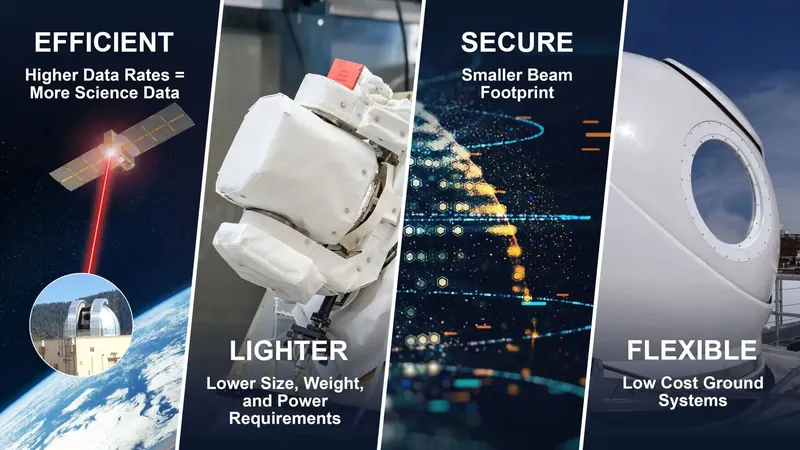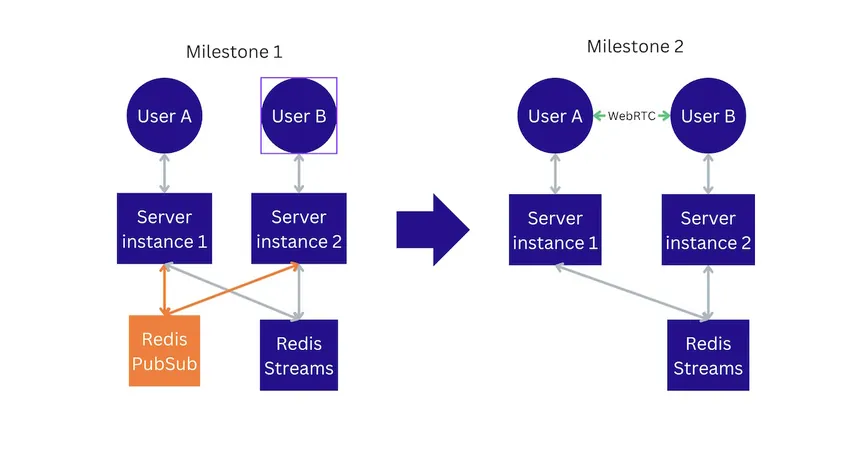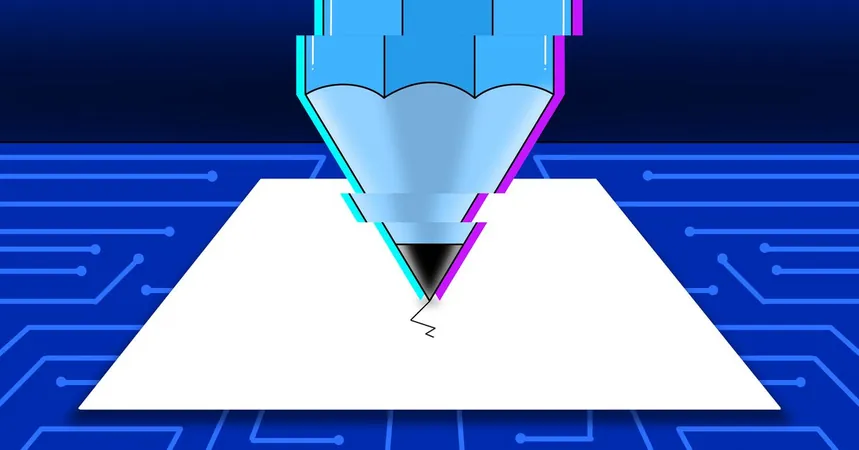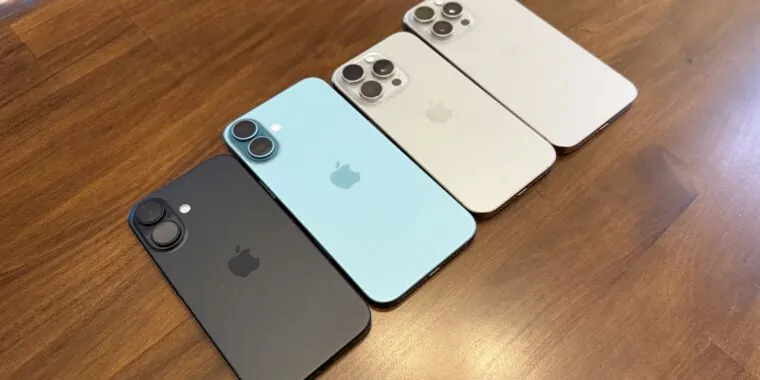
NASA Shatters Records with Groundbreaking Laser Communications Breakthrough!
2024-09-25
NASA has accomplished a remarkable feat with its TBIRD (TeraByte InfraRed Delivery) demonstration, hosted by the PTD-3 (Pathfinder Technology Demonstrator-3) spacecraft, after successfully completing its mission in low-Earth orbit. The TBIRD payload spent more than two years setting astonishing records for the fastest satellite downlink from space using advanced laser communications technology.
Launched in May 2022 aboard SpaceX's Transporter 5 mission, the PTD-3 spacecraft has provided a reliable platform for testing cutting-edge communication technologies with minimal redesign between launches. Shortly after entering low-Earth orbit, TBIRD initiated its groundbreaking laser communication signals, beaming data to an optical ground station based in Table Mountain, California.
Traditionally, NASA has relied on radio frequency communication systems, but TBIRD’s successful demonstration of laser communications showcases the power of using infrared light. This innovative approach enables the transmission of significantly larger amounts of data in a single communication link— a game-changer for science and exploration missions that require high-volume data transfers.
In a stunning performance in June 2023, TBIRD achieved its highest milestone, transmitting a jaw-dropping 4.8 terabytes of error-free data in just five minutes at an astonishing 200 gigabits per second—equivalent to streaming about 2,400 hours of high-definition video!
This mission also highlights the growing importance of NASA's SCaN (Space Communications and Navigation) program, which is not only maturing laser communication technologies but also demonstrating their potential to enhance data transmission for numerous upcoming missions. Notably, the next deployment of this advanced technology will be part of the highly anticipated Artemis II mission.
Beyond its record-breaking achievements, the TBIRD payload exemplified a model for cost-effective design, maintaining impressively low size, weight, and power requirements. The entire TBIRD payload was compact—about the size of a tissue box—and ingeniously housed two commercially modified telecommunication modems engineered to endure the rigorous conditions of space.
One of the most challenging aspects of laser communications is the need to establish a precise, narrow beam connection while traveling at phenomenal orbital speeds, subject to atmospheric drag. The PTD-3 spacecraft’s exceptional body pointing and stability was instrumental, allowing TBIRD to achieve its record-setting performance while racing through space at speeds of up to 17,000 miles per hour. Remarkably, it set a record for the highest accuracy pointing achieved by a NASA CubeSat without any moving parts or propulsion systems.
Despite the success of this mission, the end of PTD-3 and TBIRD’s operation was anticipated. The lack of a propulsion system meant that the spacecraft's mission was inherently bound to the natural decay of its low-Earth orbit, which limited its life span. Initially planned for a six-month operation, TBIRD exceeded expectations, paving the way for invaluable knowledge regarding laser communications in low-Earth orbit.
With this ambitious mission, NASA has once again demonstrated its commitment to pioneering new technologies and enhancing data transmission capabilities for future explorations. The future of laser communications seems brighter than ever as TBIRD's success sets the stage for capabilities that could transform how we gather and share scientific data from the final frontier. Be sure to stay updated as NASA continues to push the boundaries of space communications!









 Brasil (PT)
Brasil (PT)
 Canada (EN)
Canada (EN)
 Chile (ES)
Chile (ES)
 España (ES)
España (ES)
 France (FR)
France (FR)
 Hong Kong (EN)
Hong Kong (EN)
 Italia (IT)
Italia (IT)
 日本 (JA)
日本 (JA)
 Magyarország (HU)
Magyarország (HU)
 Norge (NO)
Norge (NO)
 Polska (PL)
Polska (PL)
 Schweiz (DE)
Schweiz (DE)
 Singapore (EN)
Singapore (EN)
 Sverige (SV)
Sverige (SV)
 Suomi (FI)
Suomi (FI)
 Türkiye (TR)
Türkiye (TR)